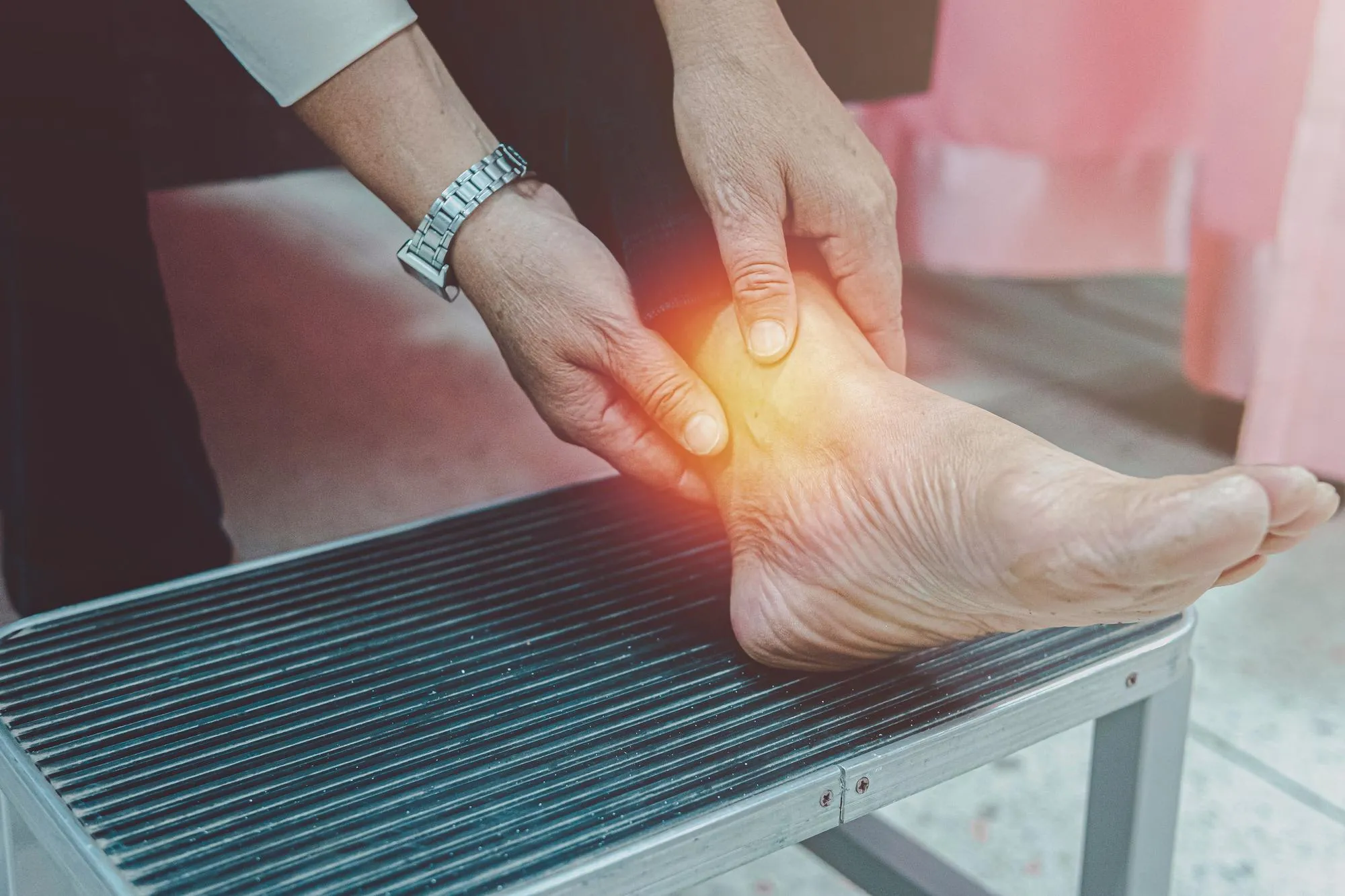Keywords
1. Ankle Osteoarthritis
2. Supramalleolar Osteotomy
3. Talar Tilt
4. Medial Distraction Arthroplasty
5. Functional Outcome Improvement
A groundbreaking retrospective comparative study conducted by a team at Honghui Hospital of Xi’an Jiaotong University in China has brought to light impressive outcomes in the treatment of ankle osteoarthritis, particularly in cases with increased talar tilt (TT) angles. The study, superbly outlined in the Journal of Orthopaedic Surgery and Research (DOI: 10.1186/s13018-019-1168-z), meticulously scrutinizes the efficacy of supramalleolar osteotomy (SMOT) with and without the integration of medial distraction arthroplasty (MDA).
Ankle osteoarthritis is a debilitating condition that often results in significant alterations in ankle biomechanics and decreases in patient quality of life. The pivotal research headed by Zhao Hong-Mou and an expert team analyzed the functional outcomes and radiological findings of 34 patients who underwent SMOT with or without the additional MDA procedure to remedy varus ankle osteoarthritis with an increased TT angle.
The results, based upon evidence-supported metrics such as the American Orthopaedic Foot and Ankle Society (AOFAS) ankle-hindfoot score and the Ankle Osteoarthritis Scale (AOS) for functional evaluation, signified considerable improvements. Both patient groups, with SMOT alone and those with combined SMOT and MDA, demonstrated significant enhancements in AOFAS and AOS pain and function scores. Moreover, substantial improvements were recorded across various radiological angles including the tibial anterior surface (TAS) angle, TT angle, tibial medial malleolar (TMM) angle, talocrural (TC) angle, tibial lateral surface (TLS) angle, and hindfoot alignment (HFA) angle. These findings offered robust confirmation that SMOT, in conjunction with or without MDA, can ameliorate functional outcomes for patients bearing the burden of varus ankle osteoarthritis coupled with elevated TT angles.
Nevertheless, a stark distinction emerged when analyzing the success in TT angle correction. The SMOT with MDA group presented with significantly smaller postoperative TT angles when compared to the SMOT-alone group. Additionally, the failure rate of TT angle correction was substantially lower for the SMOT with MDA group, suggesting a superior efficacy in realigning the joint when both techniques are employed in unison.
The profound implications of this study are essentially threefold. Firstly, it propounds that SMOT is a promising course for not only symptomatic relief but also for correcting malalignment in varus ankle osteoarthritis. Secondly, when SMOT is synchronized with MDA, there is a marked improvement in the realignment efficacy, notably in cases with exacerbated TT angles. Thirdly and most importantly, the retrospective comparative study, classified as Level III evidence, places a strong emphasis on the potential for preservation of the joint structure and function in a condition otherwise often managed with more invasive procedures such as arthrodesis.
The study meticulously followed the guidelines of ethical conduct, with the ethical committee of Honghui Hospital vouching for its approval, and all participants providing informed consent prior to their involvement. The authors also declared transparency with no potential conflicts of interest related to the research, authorship, or publication of the article.
References
1. Fuchs S, Sandmann C, Skwara A, Chylarechi C. Quality of life 20 years after arthrodesis of the ankle. J Bone Joint Surg Br. 2003;85:994–998. (DOI: 10.1302/0301-620X.85B7.13984).
2. Horisberger M, Hintermann B, Valderrabano V. Alterations of plantar pressure distribution in posttraumatic end-stage ankle osteoarthritis. Clin Biomech. 2009;24:303–307. (DOI: 10.1016/j.clinbiomech.2008.12.005).
3. Salter RB, Field P. The effects of continuous compression on living articular cartilage. J Bone Joint Surg Am. 1960;42:31–49. (DOI: 10.2106/00004623-196042010-00004).
4. Takakura Y, Tanaka Y, Kumai T, Tamai S. Low tibial osteotomy for osteoarthritis of the ankle. J Bone Joint Surg Br. 1995;77:50–54. (DOI: 10.1302/0301-620X.77B1.7822395).
5. Ahn TK, Yi Y, Cho JH, Lee WC. A cohort study of patients undergoing distal tibial osteotomy without fibular osteotomy for medial ankle arthritis with mortise widening. J Bone Joint Surg Am. 2015;97:381–388. (DOI: 10.2106/JBJS.M.01360).
The study’s impressive results accentuate the importance of SMOT and MDA as surgical techniques that should now be pivotal instruments in the orthopedic armamentarium, granting a renewed quality of life to those afflicted with ankle osteoarthritis. The research not only sheds light on the path forward for future treatment development but also establishes a foundation for a more nuanced understanding of ankle joint preservation in the shadow of degenerative diseases.
